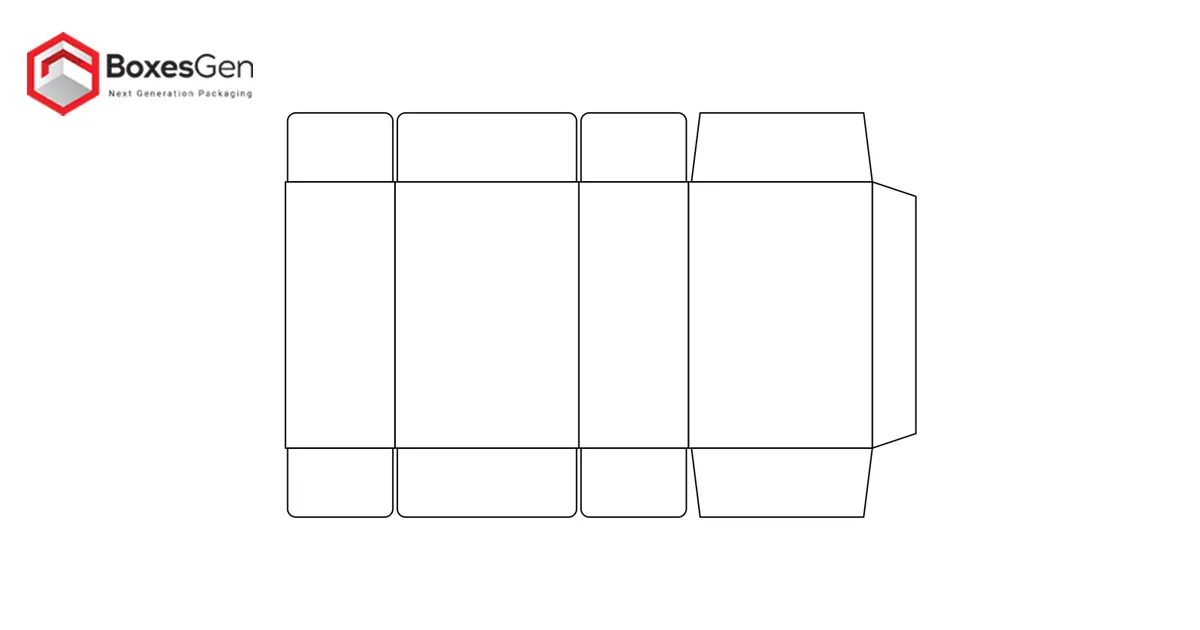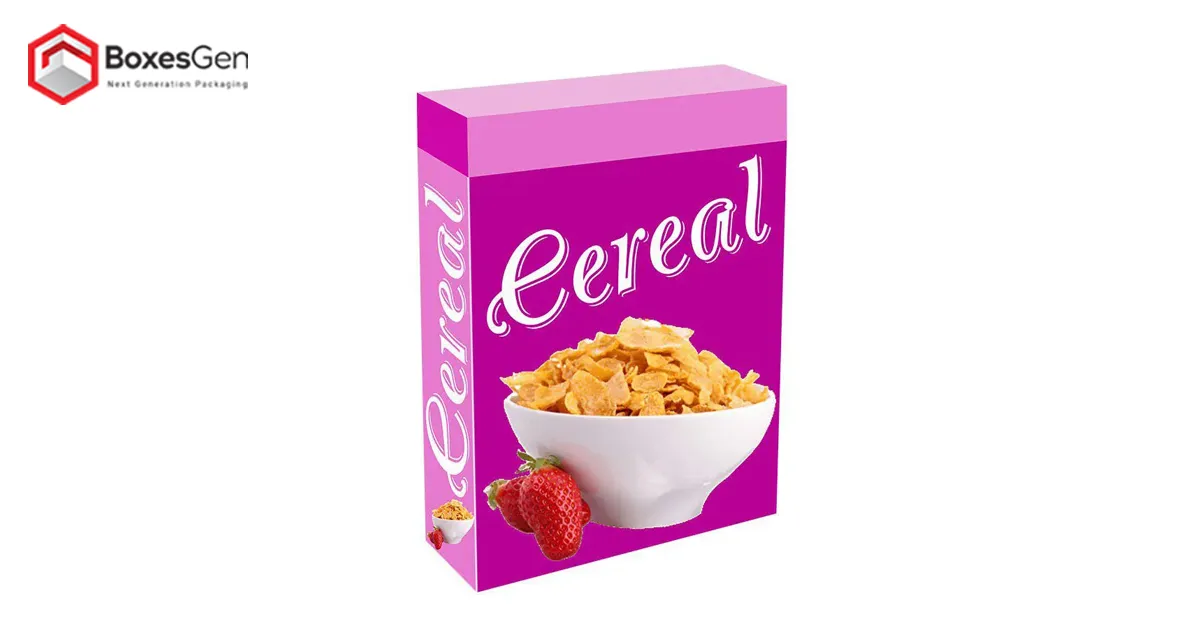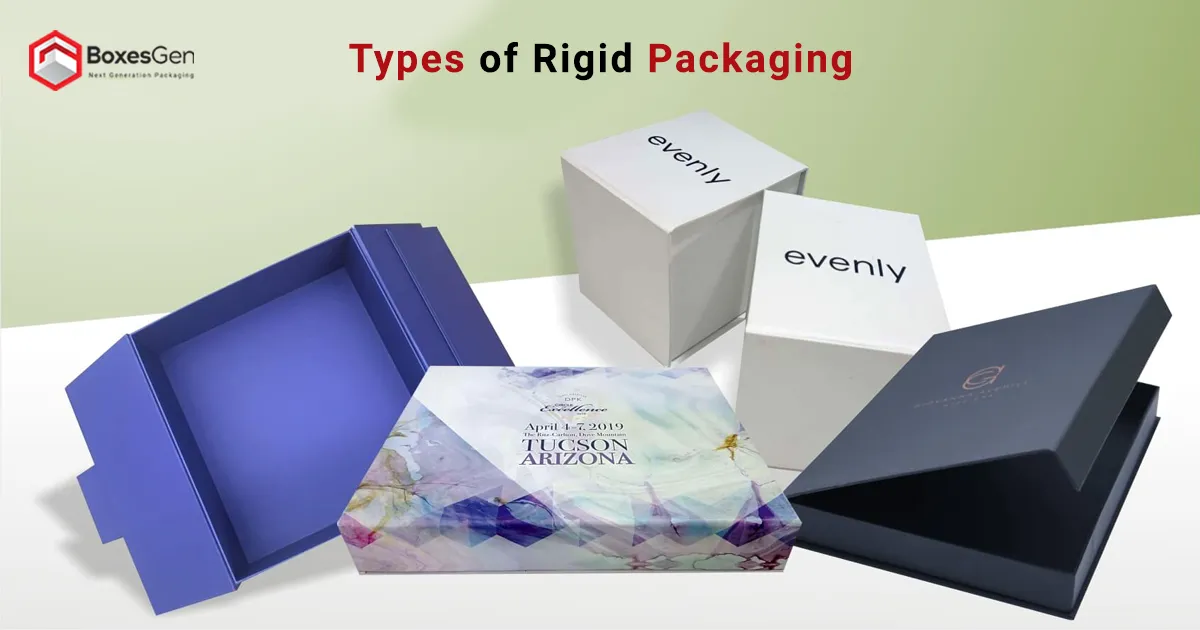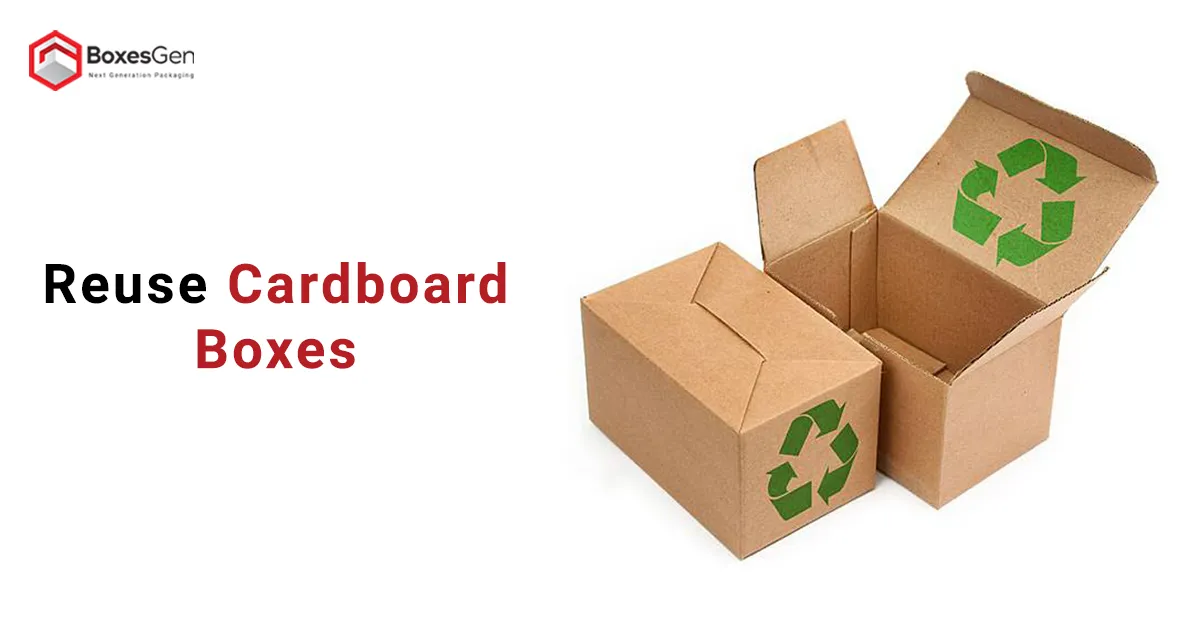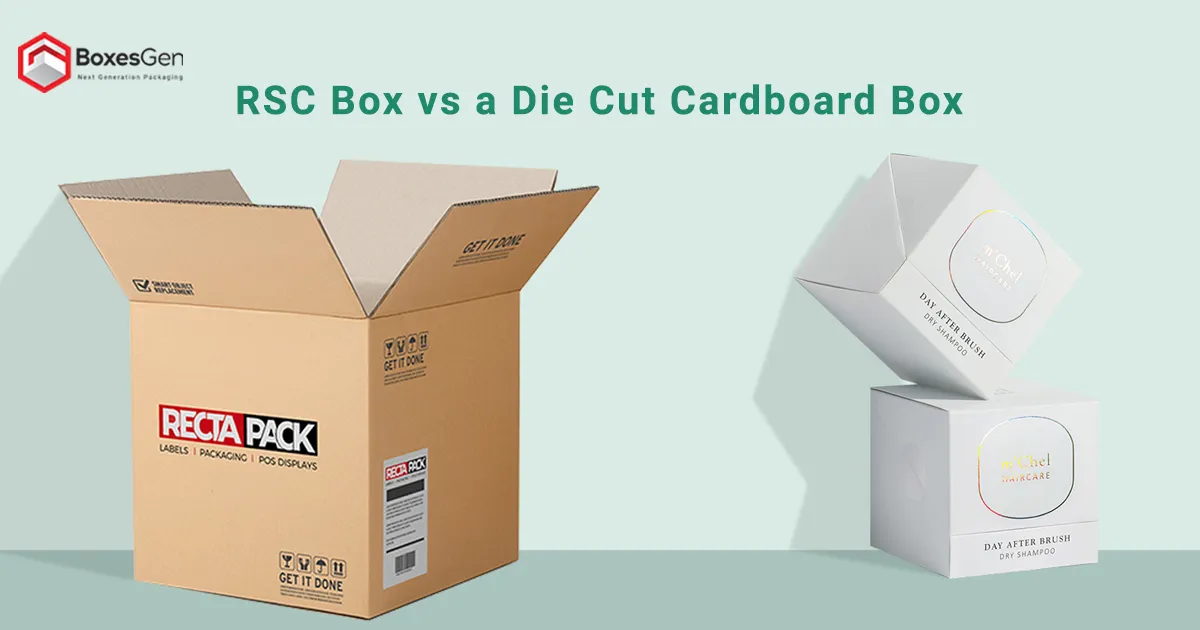Why Is Cereal Packaged in Rectangular Boxes?
In the world of breakfast foods, the iconic rectangular box has become synonymous with one particular morning staple: cereal. As we navigate the aisles of grocery stores, we are greeted by a sea of these familiar boxes neatly arranged on shelves. The question that often arises is, why have cereal manufacturers chosen the rectangular box as the preferred packaging for their products? In this article, we examine the reasons behind this choice, exploring the practicality, cost-effectiveness, and consumer convenience of the rectangular design.
The Practicality of Rectangular Boxes
The rectangular box, with its four straight sides and right angles, offers a practical solution for packaging various products, including cereal. The simplicity of the design allows for efficient stacking and storage, maximizing space on both store shelves and at home. Unlike irregularly shaped packaging, such as cylindrical or oddly contoured boxes, rectangular Custom-Printed boxes can be neatly organized, reducing wasted shelf space and making it easier for consumers to locate their favorite cereals.
Cost-Effectiveness in Manufacturing
Manufacturing processes play a crucial role in determining the packaging choices made by companies. With their straightforward geometry, rectangular boxes are cost-effective to produce in large quantities. The simplicity of the design facilitates high-speed printing, cutting, and folding during the manufacturing process, resulting in reduced production costs. This cost efficiency is reflected in the product’s retail price, making rectangular boxes an attractive option for both manufacturers and consumers.
Consumer Convenience and Storage
The rectangular shape of Custom Cereal boxes also contributes to consumer convenience. The uniformity of size and shape allows for easy storage in kitchen cabinets and pantries. Consumers can stack multiple boxes neatly, optimizing available storage space. This convenience factor extends beyond the home, as rectangular boxes are easier to handle and transport than irregularly shaped alternatives.
Sustainable Packaging Solutions
There has been a growing emphasis on sustainable packaging practices in recent years. Rectangular boxes, made from cardboard cereal boxes or paperboard materials, align with eco-friendly initiatives. These materials are both recyclable and biodegradable, contributing to efforts to reduce environmental impact. As sustainability becomes an integral consideration in product packaging, the rectangular black box continues demonstrating its adaptability to evolving consumer preferences.
Historical Significance
The use of rectangular boxes for packaging is not recent; its historical roots trace back centuries. Ancient civilizations utilized rectangular containers made from wood, clay, and woven fibers for storing and transporting goods. The enduring appeal of the rectangular shape of Bagged Packaged food items lies in its simplicity and functionality, transcending cultural and temporal boundaries.
Visual Appeal and Branding
The clean lines and flat surfaces of rectangular boxes provide an ideal canvas for branding and design. Manufacturers capitalize on the visual appeal of rectangular tissue boxes to create eye-catching packaging that stands out on crowded store shelves. The rectangular shape offers ample space for product information, imagery, and branding elements, allowing companies to communicate their message effectively to consumers.
Cereal Box Dimensions
Rectangular boxes come in various sizes but share a common geometric structure characterized by three dimensions – length, width, and height. The dimensions of a rectangular black box allow for efficient cereal packing, ensuring that the product is protected while being transported and stored.
Small Rectangular Box
4 x 3 x 2 inches (10 x 7.5 x 5 cm) and (100 x 75 x 50 mm)
Medium Rectangular Box
8 x 6 x 4 inches (20 x 15 x 10 cm) and (200 x 150 x 100 mm)
Large Rectangular Box
12 x 10 x 8 Inches (30 x 25 x 20 cm) and (300 x 250 x 200 mm)
Long Rectangular Box
10 x 4 x 3 inches (25 x 10 x 7.5 cm) and (250 x 100 x 75 mm)
While we have delved into the practical benefits and geometric advantages of cereal packaging in small rectangular boxes, it’s essential to consider the environmental impact of this packaging choice. The sustainability of packaging materials and their disposal has become a pressing concern in recent years.
Recyclability of Rectangular Cereal Boxes
1. Cardboard Material
Most cereal boxes are made from cardboard, a material known for its recyclability. Cardboard is derived from wood fibers and is biodegradable, making it an environmentally friendly choice. The rectangular shape of cereal boxes optimizes the use of cardboard sheets during manufacturing, minimizing waste and contributing to a more sustainable packaging process.
2. Recycling and Upcycling
The rectangular nature of cereal boxes simplifies the recycling process. Consumers can easily flatten and stack these boxes, streamlining the recycling chain. Moreover, the sturdy cardboard structure allows for creative upcycling initiatives, where long rectangular boxes can be repurposed for various DIY projects, further reducing their environmental impact.
Conclusion
The prevalence of rectangular boxes in packaging extends far beyond the realm of breakfast cereals. The rectangular design has proven versatile and practical from consumer electronics to office supplies. Various factors, including cost-effectiveness, consumer convenience, and compatibility with modern manufacturing processes, drive its widespread adoption. As we navigate the diverse landscape of product packaging, the humble rectangular black box remains a reliable and enduring solution, seamlessly integrating into various aspects of our daily lives.


